Pneumatic actuators are normally used to control processes requiring quick and accurate response, as they do not require a large amount of motive force.
However, when a large amount of force is required to operate a valve (for example, the main steam system valves), hydraulic actuators are normally used.
Although hydraulic actuators come in many designs, piston types are most common.
Also Read : What is a Pneumatic Actuator ?
A typical piston-type hydraulic actuator is shown in Below Figure. It consists of a cylinder, piston, spring, hydraulic supply and return line, and stem.
The piston slides vertically inside the cylinder and separates the cylinder into two chambers. The upper chamber contains the spring and the lower chamber contains hydraulic oil.
Hydraulic Actuator
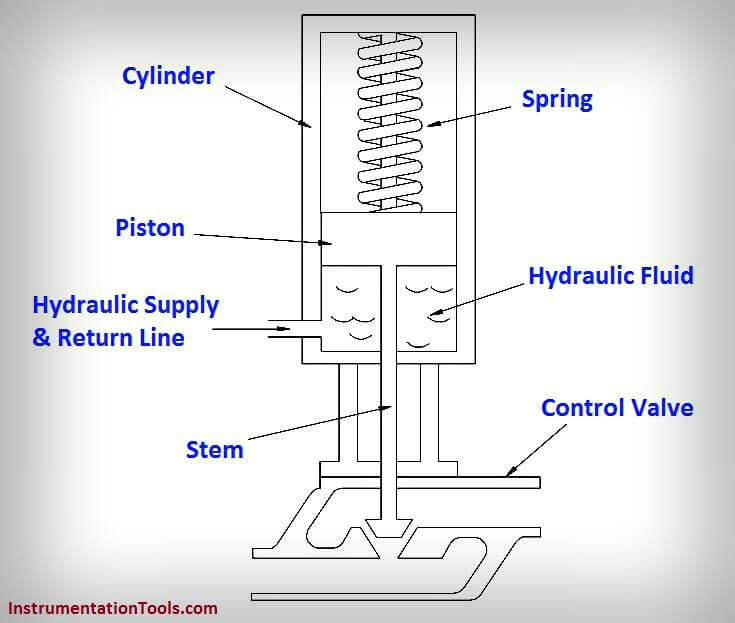
The hydraulic supply and return line is connected to the lower chamber and allows hydraulic fluid to flow to and from the lower chamber of the actuator. The stem transmits the motion of the piston to a valve.
Initially, with no hydraulic fluid pressure, the spring force holds the valve in the closed position. As fluid enters the lower chamber, pressure in the chamber increases.
This pressure results in a force on the bottom of the piston opposite to the force caused by the spring. When the hydraulic force is greater than the spring force, the piston begins to move upward, the spring compresses, and the valve begins to open.
As the hydraulic pressure increases, the valve continues to open. Conversely, as hydraulic oil is drained from the cylinder, the hydraulic force becomes less than the spring force, the piston moves downward, and the valve closes. By regulating amount of oil supplied or drained from the actuator, the valve can be positioned between fully open and fully closed.
The principles of operation of a hydraulic actuator are like those of the pneumatic actuator. Each uses some motive force to overcome spring force to move the valve. Also, hydraulic actuators can be designed to fail-open or fail-closed to provide a fail-safe feature.
Advantages of Hydraulic Actuators
- Hydraulic actuators are rugged and suited for high force applications. They can produce forces 25 times greater than pneumatic cylinders of equal size. They also operate in pressures of up to 4,000 psi.
- A hydraulic actuator can hold force and torque constant without the pump supplying more fluid or pressure due to the incompressibility of fluids.
- Hydraulic actuators can have their pumps and motors located a considerable distance away with minimal loss of power.
Disadvantages of Hydraulic Actuators
Hydraulics will leak fluid. Like pneumatic actuators, loss of fluid leads to less efficiency and cleanliness problems resulting in potential damage to surrounding components and areas.
Hydraulic actuators require many complementary parts, including a fluid reservoir, motor, pump, release valves, and heat exchangers, along with noise reduction equipment.
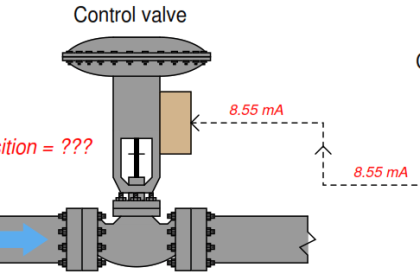
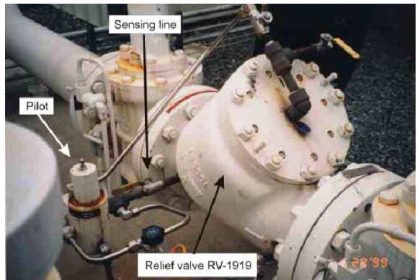
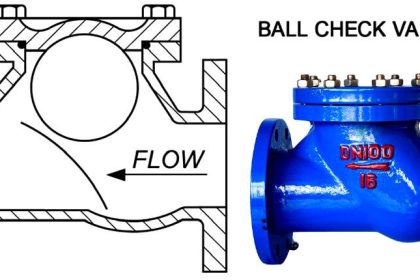
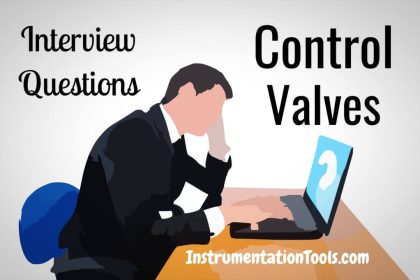
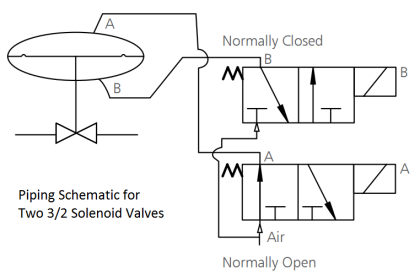
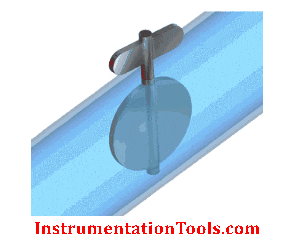
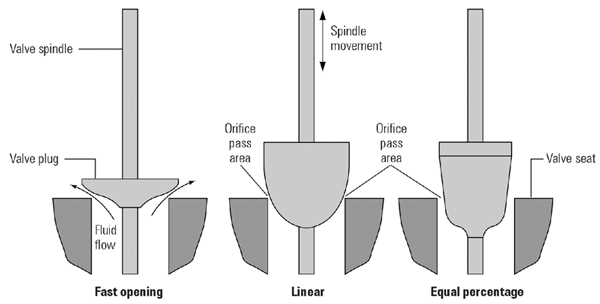
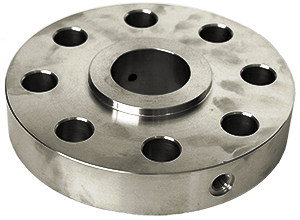

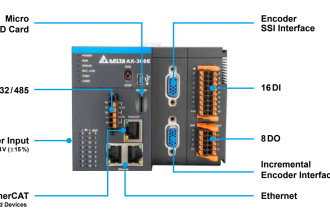
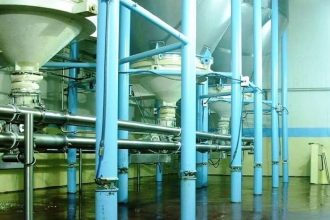


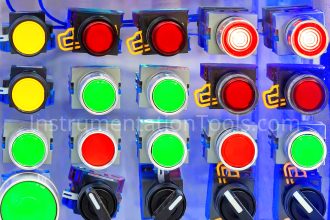
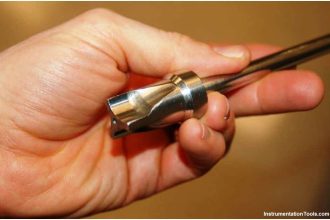
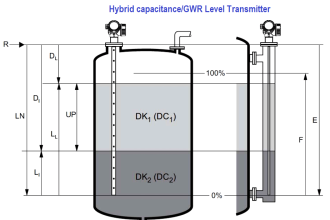

I have been following this site for one year,this is very informative site with lots of precious information.pretty good work admin,hats off….
Am glad for the information. Thank.